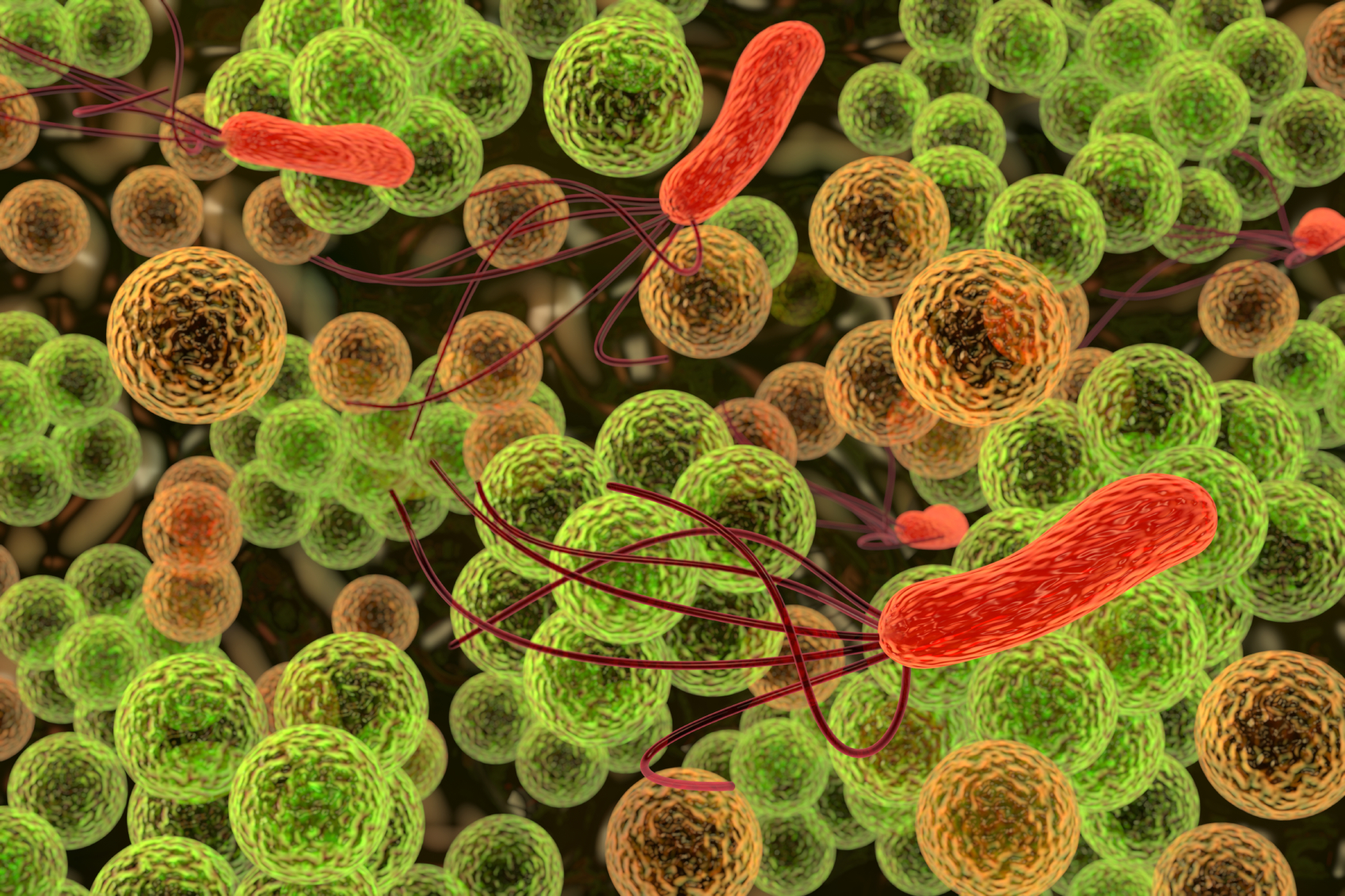You’ve heard about Staphylococcus aureus (S. aureus) before… You may know it better as a staph infection. S. aureus is the strain of staph responsible for severe—even fatal—infections… Like pneumonia, food poisoning, and toxic shock syndrome.1 It’s notorious for causing serious infections at hospitals and at the gym. Even worse…it may take a while before you realize you have it. Up to 25% of healthy people are infected and don’t suspect a thing.2
Now research reveals another reason to avoid it… This infection could also be putting you at risk for developing a deadly disease.
Researchers at the University of Iowa exposed rabbits to a toxin S. aureus produces. It’s called TSST-1. The more S. aureus living on your body, the more exposure to TSST-1.3 They did this for six weeks. The doses were comparable to the amount humans come into contact with.4
By the end of the study, these rabbits went through major changes in how their bodies worked. Their inflammation spiked… Hormone levels fell out of balance… The researchers found just being exposed to TSST-1 from a staph infection is enough to put you at risk for facing this disease…
But when you combine it with obesity and poor diet…your chances of developing this get even higher.5
I’m talking about type 2 diabetes.
Staph infection in this study led to insulin resistance, glucose intolerance, and inflammation… The most common signs of type 2 diabetes.6 And being overweight or obese may only make matters worse…
Dr. Patrick Schlievert led the study. He’s also the executive officer of the microbiology department at the University of Iowa. He explains how putting on weight increases your chances of S. aureus colonizing on your skin. That’s because the surface area of your skin expands when you pack on pounds.
So how does this translate to humans? A previous study from the University of Warwick found that the toxin, TSST-1, causes chronic low-grade inflammation in human fat cells. It may not kill you… But over time this can also lead to insulin resistance.7
Health Watch readers know losing weight lowers your type 2 diabetes risk. It’s a good start. But that’s not the only step you can take to avoid this disease…
Natural antibiotics can help protect you from diabetes-causing bacteria. Vitamin C is one that fights staph infections. Colloidal silver can even treat drug-resistant strains of staph. But remember, it’s not just about killing bacteria… There are foods that can help keep your blood sugar levels under control.
Snacking on pistachios can lower your blood sugar levels by up to 78%. And adding foods high in fiber to your diet may cut your diabetes risk by more than 20%.
Eggplant contains about three grams of fiber per serving. It’s also a good source of vitamin K. This makes it ideal for taming blood sugar. Try roasting it in the oven with some extra virgin olive oil, Himalayan sea salt, and fresh black pepper. Serve it with a spinach salad for an extra dose of blood sugar-curbing fiber and vitamin K.8
In Good Health,

Angela Salerno
Publisher, INH Health Watch
Like this Article? Forward this article here or Share on Facebook.
References:
1http://www.nlm.nih.gov/medlineplus/staphylococcalinfections.html
2http://www.foodsafety.gov/poisoning/causes/bacteriaviruses/staphylococcus/
3http://now.uiowa.edu/2015/06/bacteria-may-cause-type-2-diabetes
4http://mbio.asm.org/lens/mbio/6/2/e02554-14#content
5http://ndep.nih.gov/am-i-at-risk/DiabetesRiskFactors.aspx
6http://www.dailymail.co.uk/health/article-3109132/Is-type-2-diabetes-caused-BACTERIA-gut-Toxins-trigger-insulin-resistance-high-blood-sugar-levels-study-finds.html
7http://joe.endocrinology-journals.org/content/216/1/T1.full
8http://www.besthealthmag.ca/best-eats/nutrition/the-5-vegetables-that-are-highest-in-fibre?slide=6#PzCgdCUFY3Bllq6G.97

